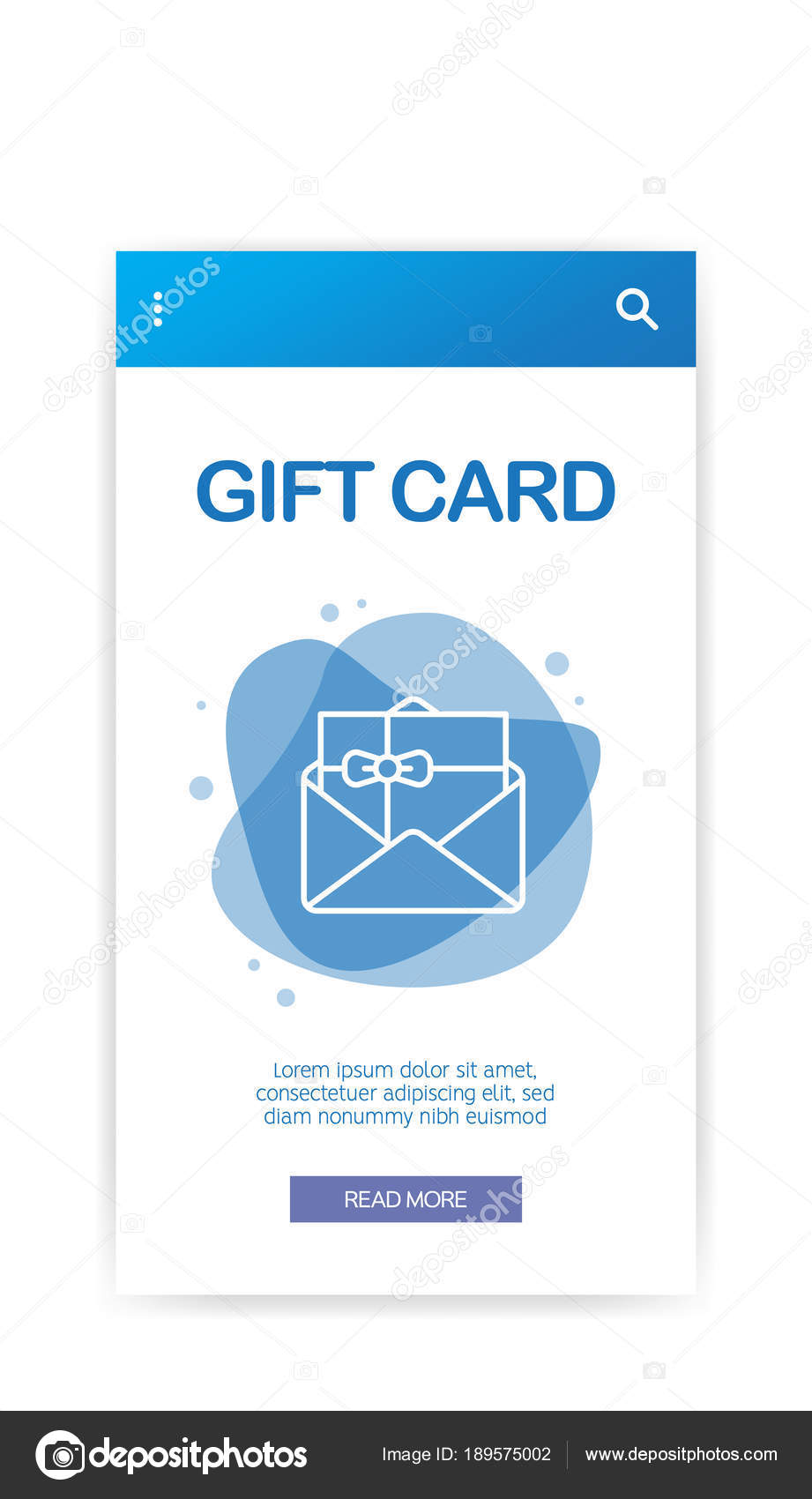Laser inscription is a versatile, reliable, and risk-free technique to customize glass wares for breweries, restaurants, and more. Nonetheless, the etching procedure commonly leaves debris that looks and feels harsh.
To minimize this, apply a sheet of paper towel or liquid meal soap to the surface before running the laser. This will dissipate the excess warm and improve the inscription results.
Soda-lime glass
Soda-lime glass is utilized to make the substantial bulk of glass, containers and home windows. It is inexpensive and easy to work with, making it a popular choice for general glass applications. However, it has several limitations that limit its use in more particular applications. These limitations include low thermal expansion and a high softening temperature. In order to overcome these limitations, it is frequently chemically strengthened or tempered.
It is made by melting silica, soda (sodium oxide), moisturized lime, dolomite and silicon dioxide in a glass heater at temperature levels of approximately 1675 degC. The enhancement of the soft drink and lime acts as a change, decreasing the glass shift temperature and enabling it to be shaped.
While many types of glass can be engraved, some are more difficult than others to procedure. As an example, glass with heavy metals like titanium or lead is extra breakable and calls for unique care to guarantee precise engravings. Using a jig or clamps to safeguard the glass throughout the etching process can decrease motion that can trigger misalignment mistakes. In a similar way, picking a high-contrast style and very carefully placing the style can also improve outcomes.
Borosilicate glass
Borosilicate glass is made with soda-lime glass yet with included boron trioxide. This makes it a lot more resilient and resistant to thermal shock than soft drink lime glass. This longevity and resistance to warmth make borosilicate glass an exceptional option for pots and pans, lab ware, and present glasses. It is additionally prominent among lampworking artists that intend to deal with large sculptural pieces that can be reheated numerous times without splitting.
In spite of its resilience, borosilicate glass can still be harmed by laser inscription. It can struggle with spawling and delamination when exposed to carbon dioxide. To avoid this, use a greater rate, lower power, and less air aid. High-contrast styles and bold lines function best on this kind of glass. You can even paint the surface of the glass black or various other shades to create an unique appearance. This method does not tint the engraved location straight, but it does include a different appearance to the item. The inscribed areas can after that be repainted with acrylic personalized candle glass paint for a customized result.
Lead crystal
As the name recommends, traditional lead crystal has a minimum of 24% lead oxide. However, regardless of its charm and brilliance, this sort of glass is challenging to work with as a result of several manufacturing, security, and health concerns.
Unlike popular false impression, the lead in standard full lead crystal is not "entraped" within the chemical structure of the glass and postures little danger to human wellness over short durations of use. Still, it is very important to soak brand-new glass before utilizing it in order to remove any kind of surface lead fragments.
To reduce these troubles, you can apply a slim coat of unmixed meal soap to the surface area before inscribing. This will aid to dissipate the warm created by the laser and minimize the possibility of splintering. Conversely, you can also brighten the surface of your glass with a Scotch-Brite pad. This strategy will assist to reduce the presence of shallow engravings and is particularly helpful if you are etching a bent piece of glass.
Integrated quartz
Fused quartz is a sort of high-purity silica glass that is used in a variety of applications. Its outstanding optical openness across a wide range, from ultraviolet to infrared wavelengths, makes it perfect for lenses and various other optics. Its low coefficient of thermal growth and resistance to chemical deterioration allow it to hold up against extreme working temperature levels.
Due to its chemical inertness, merged quartz is additionally a good option for crucibles and response vessels. Its high-temperature resistance likewise makes it a superb material for home windows and liquid cells in the atomic microscope. Integrated quartz is also being utilized for brand-new builds of historical glass instruments, such as the harp and verrophone, due to the fact that it produces a louder sound than lead crystal.
This type of glass is a great medium for trying out different kinds of inscription. It can be engraved utilizing a range of devices, including etching lotion and a paintbrush. It can also be etched with a laser to produce round Moire patterns.
